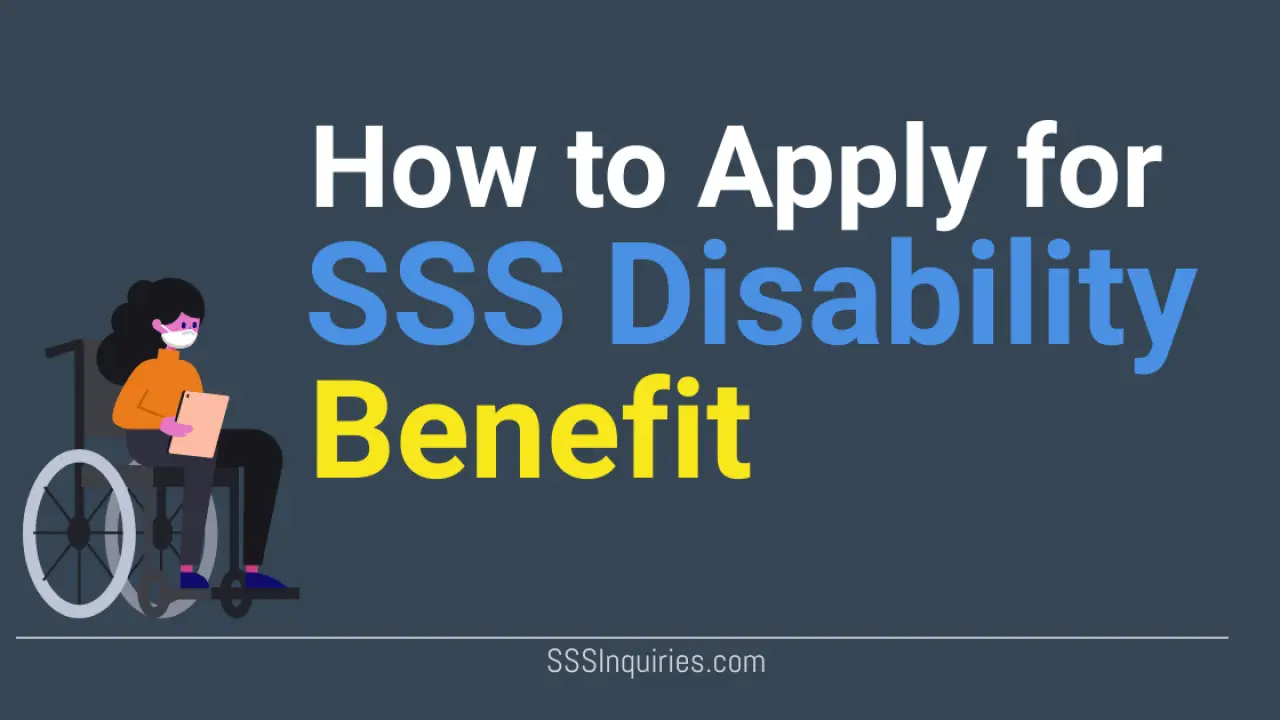Extra Benefits for SSDI Recipients and Their Families
Medicare Coverage and Tax Benefits for SSDI Payments
According to MARCA, Social Security Disability Insurance (SSDI) provides essential financial help for people who cannot work because of long-term or permanent disabilities. The average monthly benefit was $1,686 as of February 2023 but this amount might not be enough to meet all needs. Fortunately there are extra benefits available to supplement this income. Family members of SSDI recipients such as spouses ex-spouses children under 18 and adult children disabled before 22 can also receive benefits based on the recipient’s SSDI. Each eligible family member can get up to 50% of the primary benefit but the total family benefits are capped between 150% and 180% of the main recipient’s amount. This cap does not include benefits for divorced spouses.
SSDI recipients can get Medicare health insurance after a two-year wait. Medicare covers hospital stays (Part A) medical services (Part B) and prescription drugs (Part D). SSDI payments have tax benefits if a person’s income is below $25,000 for singles or $32,000 for couples the benefits aren’t taxed. If income is higher up to 50% or 85% of the benefits may be taxable depending on the total income.
READ ALSO: 850,000 To $0: Illinois Ends 1% Grocery Tax – Local Governments Scramble To Fill Budget Gaps

SSDI Benefits: $1,686 Average Monthly Pay, Plus Extra Perks and Tax Benefits for Disabled Individuals and Their Families! (PHOTO: SSS Inquiries)
Additional Support Options for SSDI Recipients with Limited Income
For individuals with limited income and assets Supplemental Security Income (SSI) can provide additional support. SSI has strict asset limits—$2,000 for individuals and $3,000 for couples. In 2024 SSI benefits are $943 per month for individuals and $1,415 for couples with some states offering extra amounts. SSDI recipients may also qualify for other programs like Medicaid which provides healthcare SNAP for food assistance LIHEAP for energy costs and VA disability benefits for veterans. These extra benefits help cover various needs and offer additional financial support.
READ ALSO: 253,000+ K-12 Students To Benefit: New Mexico Introduces SUN Bucks EBT Cards To Combat Summer Food Insecurity
















































